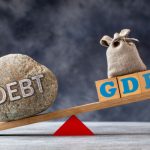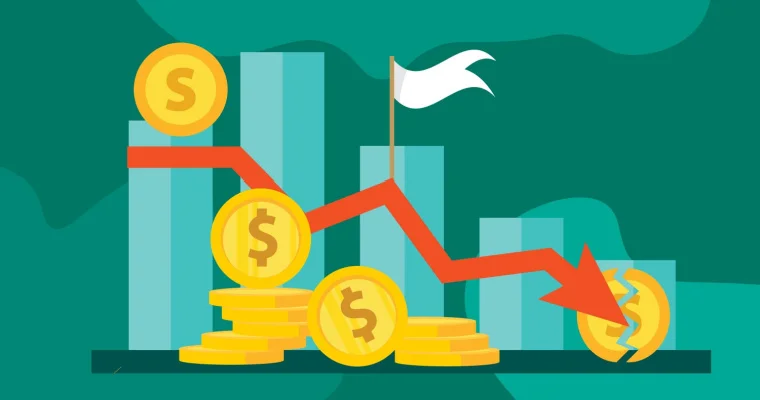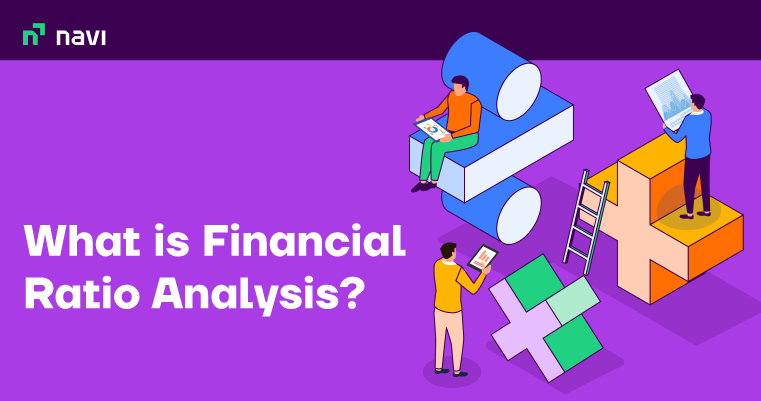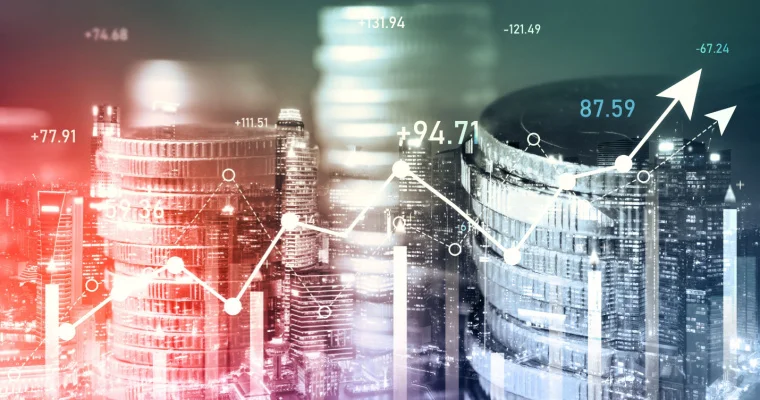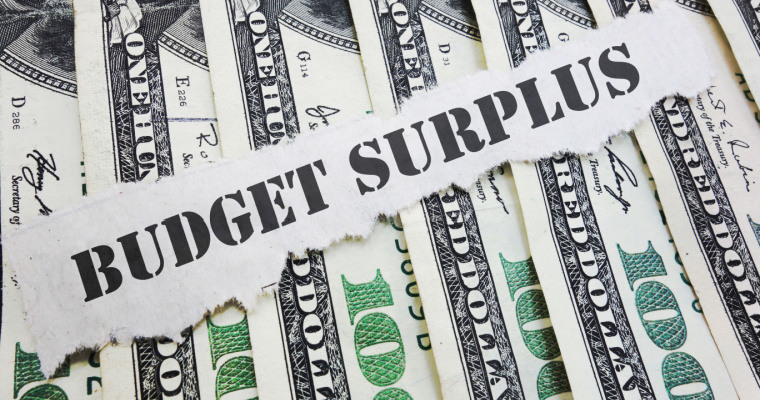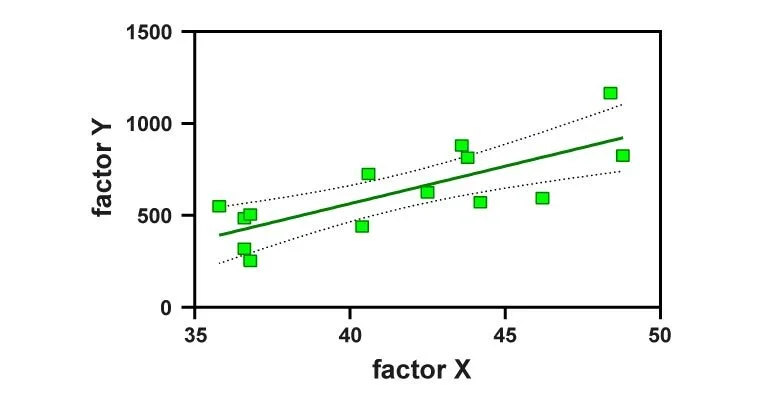What Does Inflationary Gap Mean in Macroeconomics?
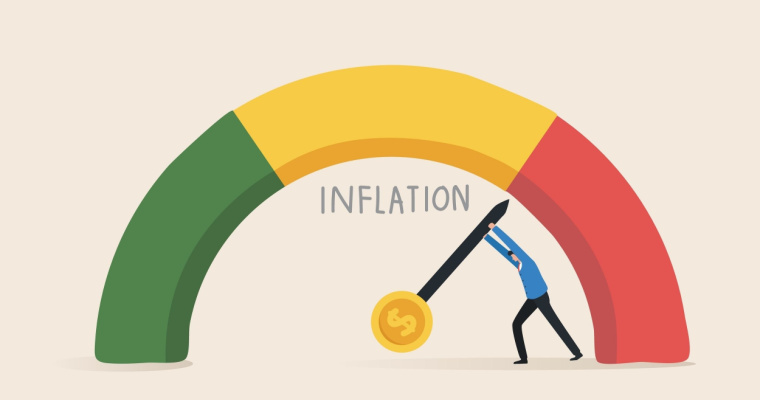
In macroeconomics, the difference between current and potential GDP is known as a gap. This gap is caused by factors such as employment levels, government expenditure, and volume of trade activities. When these factors cause the real GDP to exceed the potential GDP, an inflationary gap is created.
This article talks about the significance of the inflationary gap in an economy.
What is an Inflationary Gap?
An inflationary gap is a concept in macroeconomics that measures the difference between the prevailing GDP in the economy and the potential GDP i.e. the GDP when the economy operates at full employment. This gap is considered inflationary only if the current GDP is greater than the potential GDP. It occurs either due to an increase in aggregate demand or a reduction in aggregate supply.
Example of an Inflationary Gap
All economies go through boom-bust cycles and experience inflationary gaps in the process. The economy in the United States was booming in 2006. The economic boom led to a lowering of unemployment rates, an increase in wages and also an increase in disposable income.
While this increased the demand, wage increases left less money for production and thus there was a gap in demand and output. Hence, the increase in purchasing power caused an inflationary gap.
Inflationary Gap Formula
Here is the inflationary gap formula:
Inflationary gap = Real or Actual GDP- Potential GDP
When an inflationary gap occurs, policies such as tax increases, decrease in government spending, issuing bonds and securities, and increasing interest rates are introduced.
This also indicates an expansion in the economy. When it occurs, there are more funds available in the economy and the interest in buying goods and services is more than before. On the other hand, when the real GDP is lower than the potential GDP, the gap caused is termed deflationary gap.
Also Read
How Does an Inflationary Gap Work?
When there is inflation in the economy, the wages also rise, thereby leading to an increase in consumer demand. This creates an inflationary gap. This phenomenon is based on 2 economic concepts. The concepts are:
- Non-accelerating inflation rate of employment (NAIRU) or short-term natural rate of unemployment
- Potential GDP
Economics describe this as the Phillips curve, which means a trade-off occurs between employment and inflation.
The concept of the natural rate of unemployment means that the economy is functioning in a way that fresh graduates are entering the workforce and non-performers are being terminated. It also includes businesses failing because of poor planning and management.
When the demand for labour increases, employers must increase the salary to attract more workers. This causes the employment rate to cross the natural rate. This accelerates inflation.
Significance of Inflationary Gap
An inflationary gap is generally seen as a sign of an overheating economy, and it can have significant consequences if left unchecked. One of the main concerns is that it can lead to a rapid increase in prices, which can erode the purchasing power of people’s wages and savings. This can be especially problematic for those on fixed incomes or those who are reliant on their savings to meet their basic needs.
It can also create uncertainty and instability in financial markets, as investors may become concerned about the value of their assets if prices are rising rapidly. This can lead to a decline in the value of financial assets and a decrease in the overall level of economic activity.
Components of Inflationary Gap
It comprises potential gross domestic product and real GDP. It is the difference between real and potential GDP. Below are the factors that help to determine the real GDP of the economy:
1. Government Expenditure
Government expenditure includes income transfers, public consumption, social benefit transfers, etc.
2. Consumption Expenditure
This includes the output of unincorporated expenses, permits, household licences, etc.
3. Net Exports
Net exports refer to the difference between exports and imports. If the value is positive, i.e. exports are more than imports, it is called a trade surplus. However, if the imports are more than the exports, it is termed a trade deficit.
4. Investments
Investments include commercial expenses such as equipment purchases. However, they do not include the exchange of assets or the costs of buying financial assets.
Note that intermediate products and services are not included in the GDP calculation.
Also Read
How is an Inflationary Gap Managed?
Below are the two primary ways to manage inflationary gaps and get higher price levels in market equilibrium:
1. Fiscal Policy
The government enacts fiscal policies to control the supply of money. Contractionary fiscal policies help to decrease the money supply and reduce the demand. By enacting these policies, governments can manage the inflationary gaps.
2. Monetary Policy
Central banks control the supply of money by enacting monetary policies. Banks make borrowing money more difficult by increasing interest rates. This reduces the supply of money and thus the demand. Banks do this to manage the inflationary gaps.
Advantages of Inflationary Gap
The advantages of an inflationary gap are below:
- It is an effective measure to determine economic policies. It also helps to analyse fiscal and monetary economic policies critically.
- If the economy is in full employment, any price rise indicates excessive demand in the economy
- Inflationary gap indicates that it can control inflation by helping to reduce aggregate demand
Disadvantages of Inflationary Gap
- While the inflationary gap takes into account current income, current consumption, and current expenditure, the analysis ignores the corresponding factors that have already been produced in the economy.
- Inflation is a variable process. However, the basis of the study of the inflationary gap is fixed.
What is the Difference Between Inflationary Gaps and Recessionary Gaps?
Inflationary and recessionary gaps are opposite concepts. Recessionary gaps occur when the real GDP level of the country is lower than the potential GDP when the economy is at full-employment equilibrium. This means that at the full employment level, the actual output of the country is lower than the potential output.
Recessionary gaps are created during times of recession when the money supply is low, government spending is decreasing and consumer confidence is low. Government and central banks put expansionary policies in place to manage recessionary gaps. These policies help to increase demand by increasing the supply of money in the economy.
Final Word
Governments fight the inflationary gap in the economy using deflationary fiscal policies. They do this by increasing taxes or reducing spending. This controls the currency in circulation. These policies are also known as contractionary fiscal policies.
Banks and government institutions control the money circulation in the economy by changing the lending rates.
FAQs
Ans. In economics, the output gap is the difference between the real output of an economy and its anticipated output. Anticipated output is the maximum quantity of goods and services that an economy can turn when it is at its full capacity.
Ans. Full employment is an economic situation where all people looking for jobs can find one at the current wages and conditions. This condition doesn’t mean zero unemployment because some people will always be temporarily out of jobs, i.e. while changing jobs or for other reasons.
Ans. When the current GDP in the economy is lower than the potential GDP at full employment, the inflationary gap formula yields a negative value. This is termed a deflationary gap.

Customer’s Feedback
No comments found.What is Primary Deficit? – Example, Formula & Measures
What is a Primary Deficit? Primary Deficit is the difference between the current year’s fiscal... Read More »What is Financial Ratio Analysis? – Objectives, Types and Uses
Ratio analysis is a process that allows people to assess the financial health of a company. Using t... Read More »Treasury Management – Its Functions, Types and Benefits
Even the most well-funded business can run into huge losses if it does not have the resources to fu... Read More »How Anti Money Laundering Combats Financial Crime?
Anti Money Laundering (AML) is a system of rules, laws, regulations, and procedures that financial ... Read More »What is Salvage Value and Why is it Useful?
Salvage value, also called scrap value, is the value of a specific asset after its useful life. In ... Read More »Key Difference Between Factoring and Forfaiting in Trade Finance
Factoring and forfaiting have grown in prominence as major sources of export financing. For the uni... Read More »What is Factoring and its Importance in Financial Management?
Factoring is a practice in which a company buys the accounts receivable of another company at a dis... Read More »What is Budget Surplus: Its Effects, Advantages and Impact with Examples
When the revenue of a government, business, or individual exceeds its expenses in a given period, i... Read More »What is Balanced Budget – Components, Importance and Examples
In financial planning or the budgeting process, a balanced budget is one in which total anticipated... Read More »What is Accounting Conservatism in Finance and How Does it Work?
Accounting conservatism involves a conservative set of accounting guidelines wherein the worst-case... Read More »Multiple Linear Regression (MLP) – Uses, Formula and Examples
Various statistical models help in establishing a relationship between different variables. Multipl... Read More »What is Debt Funding and Why Should You Choose it?
A business can raise funds by borrowing through debt funding. Although debt can take many different... Read More »Top 10 Chit Fund Schemes in India in 2023
Chit funds are one of the most popular return-generating saving schemes in India. It is a financial... Read More »10 Best Gold ETFs in India to Invest in April 2023
Gold ETFs or Gold Exchange Traded Funds are passively managed funds that track the price of physica... Read More »10 Best Demat Accounts in India for Beginners in 2023
Creation of Demat accounts revolutionised the way trades were conducted at the stock exchanges. It... Read More »20 Best Index Funds to Invest in India in April 2023
What is an Index Fund? An index fund is a type of mutual fund or exchange-traded fund (ETF) that... Read More »Best Arbitrage Mutual Funds to Invest in India in April 2023
Arbitrage funds are hybrid mutual fund schemes that aim to make low-risk profits by buying and sell... Read More »10 Best SIP Plans in India to Invest in April 2023
What is SIP? SIP or Systematic Investment Plan is a method of investing a fixed amount in ... Read More »10 Best Corporate Bond Funds in India to Invest in April 2023
Corporate bond funds are debt funds that invest at least 80% of the investment corpus in companies ... Read More »10 Best Bank for Savings Account in India [Highest Interest Rate 2023]
Savings account is a type of financial instrument offered by several banks. It lets you safely depo... Read More »



